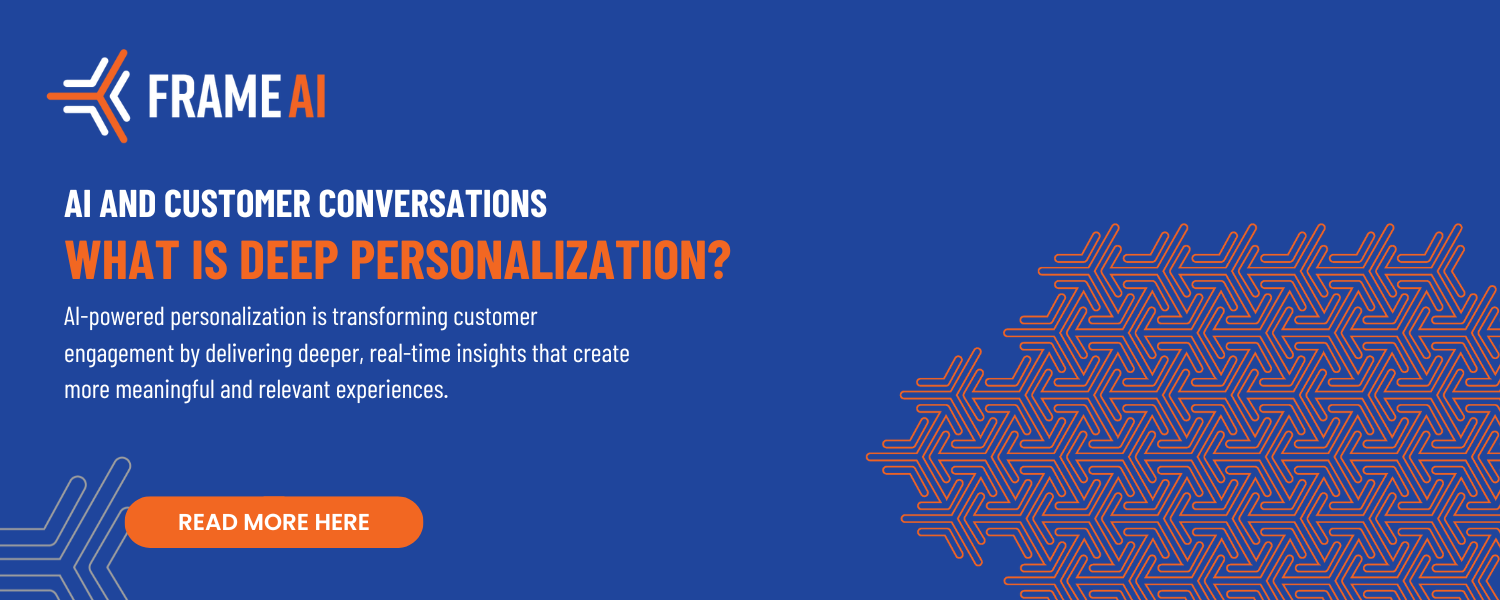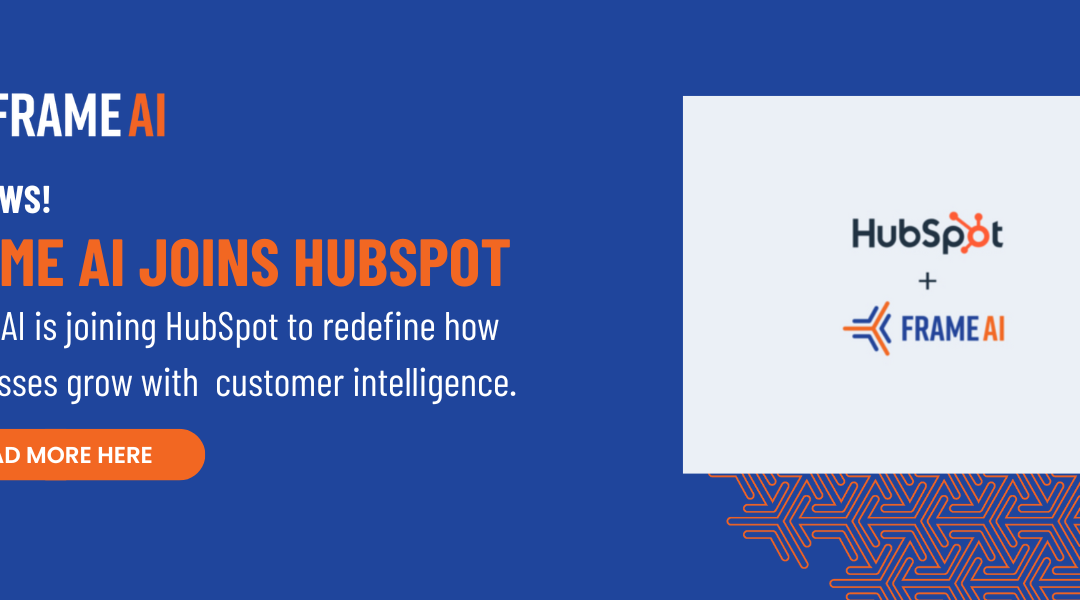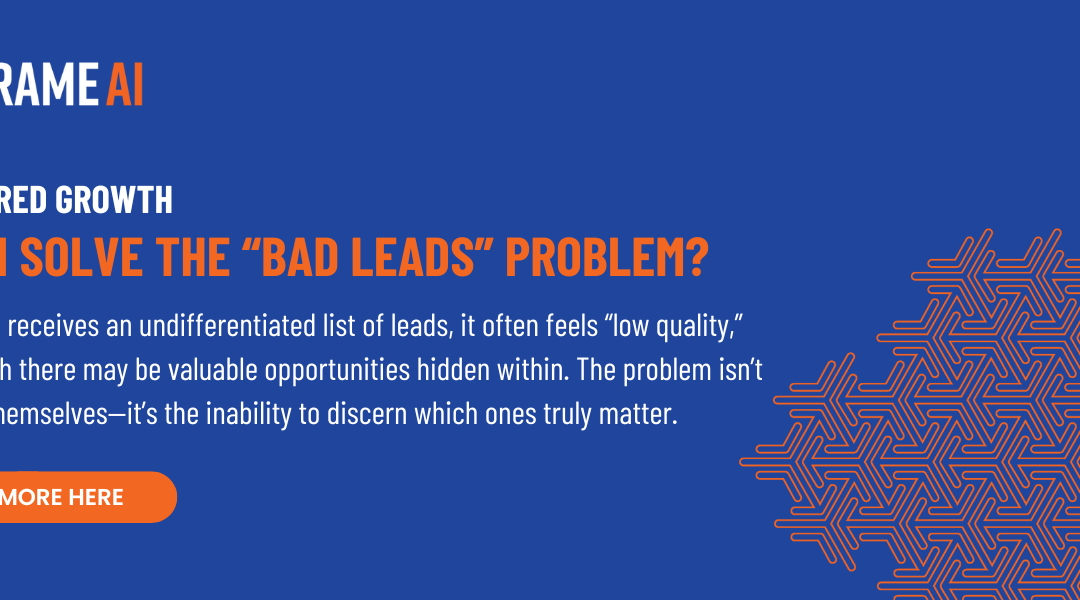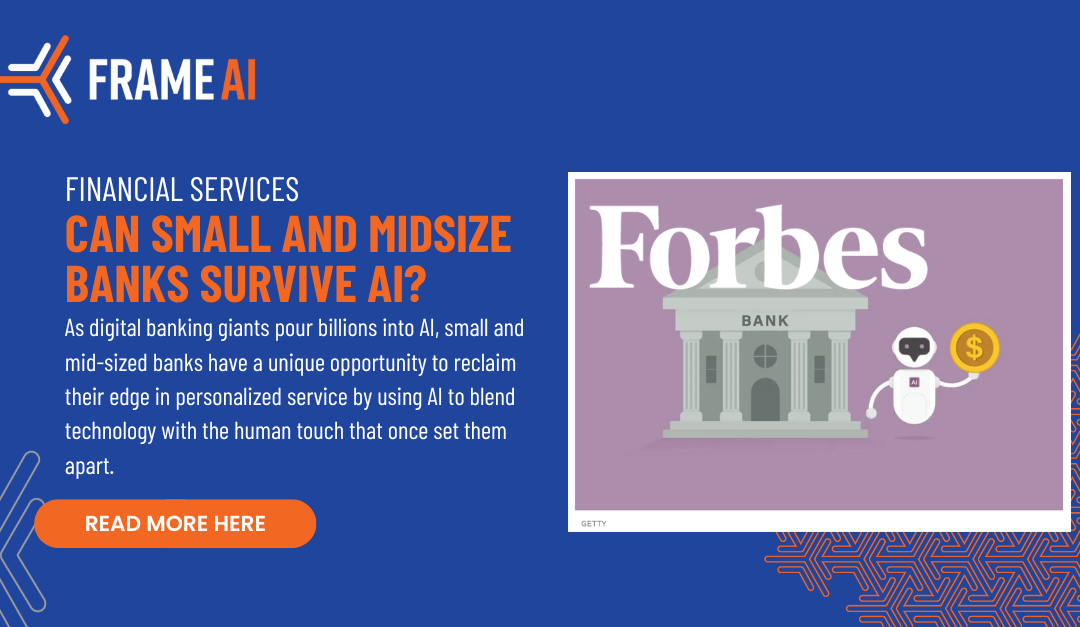For years, personalization has been the north star of marketing, promising relevance at scale. But its success has always been tied to the limitations and capabilities of the data available. As new types of customer data have become accessible, personalization has evolved in significant ways—progressing from broad segmentation to individualized experiences.
While early personalization revolved around structured data—simple demographics and basic transactional histories—the rise of AI is reshaping the future of personalization, fueled by a far more complex and valuable source of data: unstructured, context-rich customer interactions. To understand where we’re headed, it’s critical to look at how personalization has evolved in lockstep with advancements in data processing.
The Digital Revolution: The First Steps Toward Personalization
The 1990s and early 2000s marked the first major shift in personalization, powered by structured data that fit neatly into relational databases— cookies, clickstream data, and purchase histories. Companies began tracking user behavior on their websites, enabling them to implement rudimentary forms of personalization, such as retargeting ads or sending follow-up emails to users who abandoned their carts.
However, the use of structured data had its limitations. It was binary—focused on what people did (clicked, purchased, visited)—but it couldn’t explain why they did it. Brands were tailoring their messages based on shallow insights. The result? Personalization felt transactional and, often, invasive.
Social Media and Behavioral Targeting: More Data, But Still Gaps
Social media platforms like Facebook and Twitter in the mid-2000s changed the game, introducing behavioral data at scale. Suddenly, brands could use engagement metrics (likes, shares, and comments) and even inferred interests to target users. Lookalike audiences became a staple for marketers, allowing businesses to target people who behaved similarly to existing customers.
The sophistication of targeting improved, but the core issue persisted: personalizing based on user behavior is inherently reactive. Companies began to predict patterns based on previous engagements, but they still weren’t tapping into the full context of individual preferences and motivations. As regulatory scrutiny on data privacy grew, this era reached its peak with concerns about the misuse of personal data, leading to significant challenges in the effectiveness of these techniques.
By 2020, Pew Research reported that 79% of Americans were concerned about how their data was being used, signaling a growing dissatisfaction with traditional personalization strategies. Brands were under pressure to deliver more nuanced personalization, without overstepping privacy boundaries.
The Rise of AI: Unlocking Unstructured Data for Deep Personalization
The emergence of AI brings unprecedented potential to personalization by processing and analyzing unstructured data at scale. In fact, 80% of customer data—emails, chat transcripts, support call logs, and even social media interactions—is unstructured, and until now, it has remained largely untapped due to its complexity.
Natural Language Processing (NLP) and Natural Language Understanding (NLU) are rapidly changing this. These technologies are capable of parsing customer feedback, identifying sentiments, and extracting actionable insights from the nuanced context in which interactions occur. With AI, brands can analyze not just the “what” of customer behavior, but also the “why.”
For example, sentiment analysis can now highlight moments of frustration in real-time during customer service interactions, enabling immediate interventions. Instead of waiting for an issue to escalate into a lost customer, companies can proactively address concerns.
This new wave of personalization is about more than recommending products based on past behavior. It’s about identifying intent, predicting needs, and offering solutions that are truly relevant in the moment.
Imagine a customer revealing during a call with their bank’s customer service that they are expecting a baby. An AI-powered system could capture this life event and proactively offer the customer information on setting up a custodial savings account or 529 college savings plan. This goes beyond generic marketing—it’s personalization based on real, timely needs, making the interaction feel deeply relevant and helpful.
The Role of Context and Proactive Personalization
What sets AI-driven personalization apart from previous eras is its ability to integrate both structured and unstructured data into a continuous loop of improvement. The result is context-aware, real-time personalization. Unlike the demographic-based segmentation of earlier years, AI leverages deep learning algorithms to understand the broader context of customer interactions—what motivates them, their emotions during certain touchpoints, and even their unspoken preferences.
This is a major leap from the “best guess” tactics of behavioral targeting. Now, with AI, personalization can occur at an individual level, tailored not only to specific preferences but also delivered in real-time and within the right context.
AI-powered personalization is no longer about saturating consumers with more offers. It’s about knowing when and how to engage, using data from direct interactions rather than demographic guesswork. A McKinsey report shows that companies adopting AI-driven personalization can see a 15% increase in revenues, illustrating the commercial potential of contextually relevant engagement.
Conclusion
As businesses move toward hyper-personalization, AI is unlocking insights that were previously unreachable. By processing vast amounts of unstructured data, AI enables brands to get closer to their customers—offering not just personalized products, but tailored experiences that feel meaningful and human.
The future of personalization lies in this ability to harness the full scope of data, structured and unstructured, to drive more authentic and proactive engagement. As AI continues to evolve, brands that embrace these tools will be able to deliver relevance at scale, but with the nuance and empathy that consumers are coming to expect.
The promise of AI isn’t just personalization for the sake of it—it’s personalization that adds real value to the customer, deepening relationships and driving long-term loyalty.
To learn more about how Frame AI enables deep personalization for the world’s biggest brands, request a demo today.




